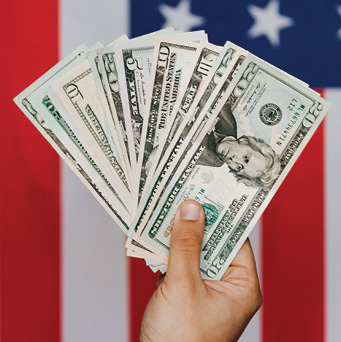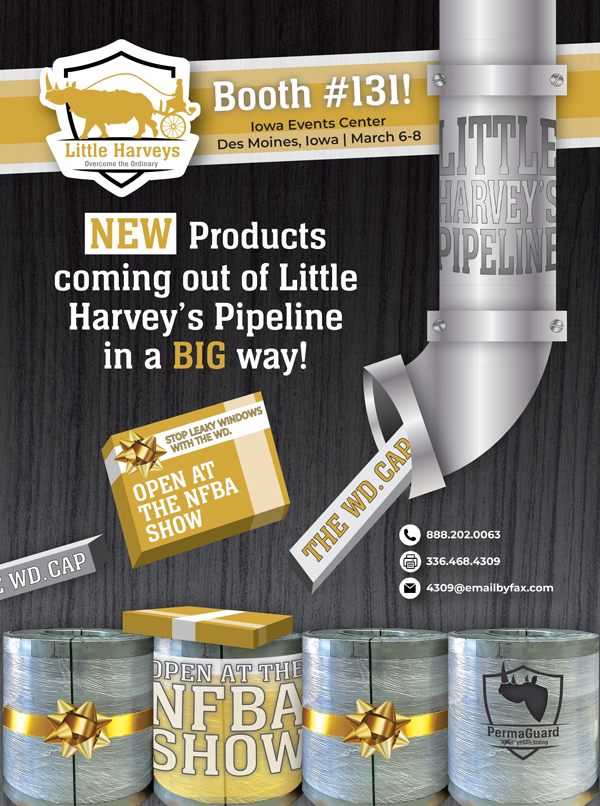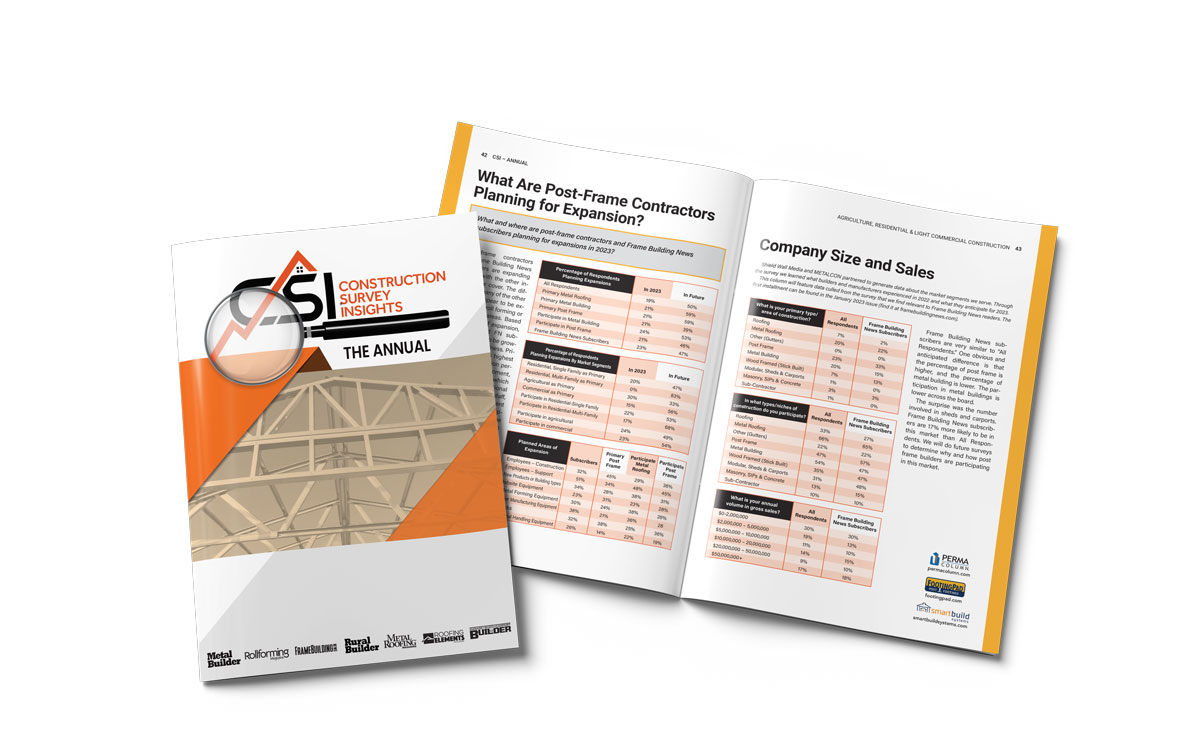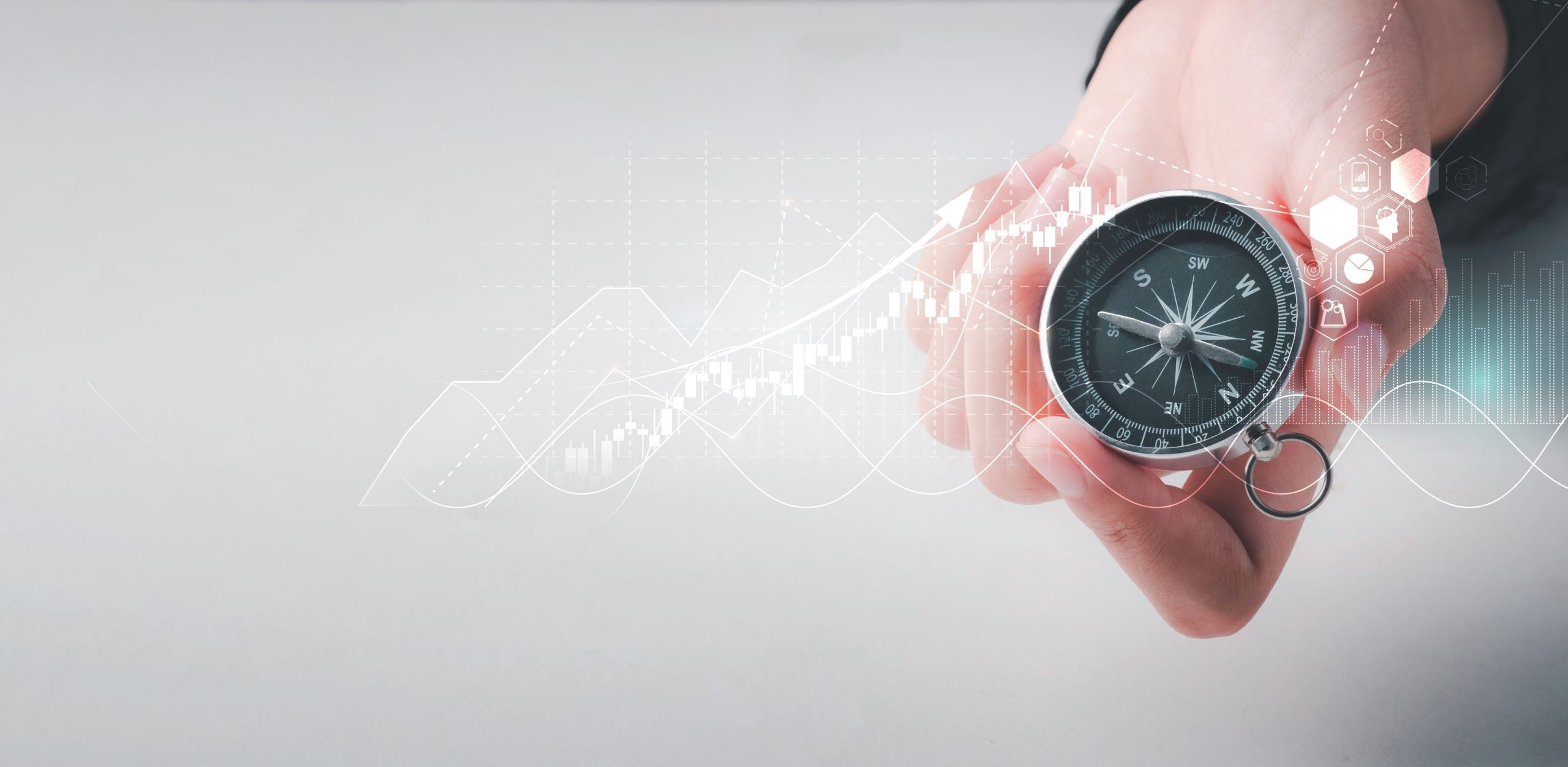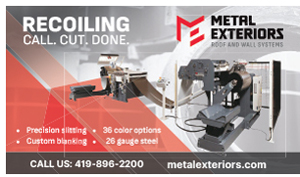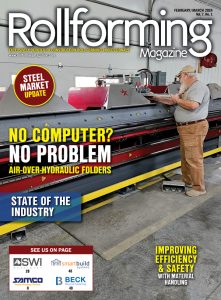■ By Jenn Milner & Sharon Thatcher
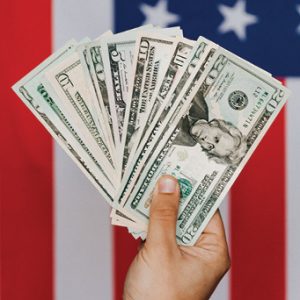
If you were discouraged at navigating through the Personal Paycheck Protection (PPP) program last year, there have been some changes to make the system more user-friendly. Until early 2021, the application for PPP loan forgiveness was a couple of pages with many pages of instructions. Now, for borrowers seeking forgiveness for $150,000 or less, there is a streamlined, one-page application.
Also new starting this year: The covered period for PPP loans can be anywhere from 8 to 24 weeks, instead of one or the other, allowing borrowers plenty of time to apply for forgiveness.
Under the second draw of the PPP loan program, however, note that the number of employees for an eligible company has been reduced from 500 to 300.
Importantly, the Small Business Administration (SBA), the IRS, and the Department of Labor (DOL) have worked out a lot of loan forgiveness tax questions in the last year. Forgiveness for PPP loans is not taxable income, so once forgiven, the loan essentially becomes a non-taxable grant.
What the Personal Paycheck Protection Loan Covers
At least 60% of the funds need to be spent on recouping payroll expenses: wages, leaves of absence, commission, vacation time, and some heath care costs. The remaining 40% can be spent on non-payroll expenses, including rent or lease payments, mortgage interest, utilities, and worker protection expenditures like personal protective equipment (PPE) or building modifications made to achieve COVID compliance.
The first draw of PPP loans is still available to any small business with fewer than 500 employees, or any 501(c)(3) non-profit organization, 501(c)(19) veterans’ organization, or tribal business concern (sec. 31(b)(2)(C) of the Small Business Act) even if they exceed 500 employees. To determine your possible loan amount, calculate the average monthly payroll and multiply by 2½ with a maximum of $10 million. Businesses can choose to use 2019 or 2020 payroll numbers to make calculations.
The second draw of PPP loans is available to businesses in the same categories who have already received and spent the first draw loan. These businesses must, however, have fewer than 300 employees and must be able to demonstrate a 25% reduction in gross receipts from one quarter of 2019 to 2020.
The loan forgiveness paperwork needs to be submitted through the same lender as the loan. That doesn’t mean that forgiveness paperwork needs to be complete before applying for a second draw loan, or that the second draw loan needs to be with the same lender as the first.
SBA Resources and a Word of Caution
While many small businesses depend on a lender to navigate the loan process, the SBA has a large number of resources available. For more information and to stay up-to-date on PPP assistance, visit sba.gov, subscribe to the SBA email at sba.gov/updates, and follow the SBA on Facebook, Instagram, Twitter, and YouTube.
A word of caution, however. The identities of all borrowers who received Paycheck Protection Program loans under the Cares Act and Economic Injury Disaster Loans (EIDL) are available to the public. While there are valid reasons for why, the availability of this information has also led to third-party scams. Beware of any third party attempting to collect your personally identifiable information (PII) via phone and email, even if they use the SBA logo or already know some information about your business. The SBA assures, “federal agencies that provide disaster recovery assistance will never ask for a fee or payment to apply for financial assistance, and government employees do not charge for any recovery assistance provided.”
When in doubt, speak with your personal banker or contact the SBA directly before disclosing any information. RF
Originally published as “Recent Changes To PPP Program Promise To Make It More User-Friendly” in Spring 2021 issue of Rollforming Magazine.


